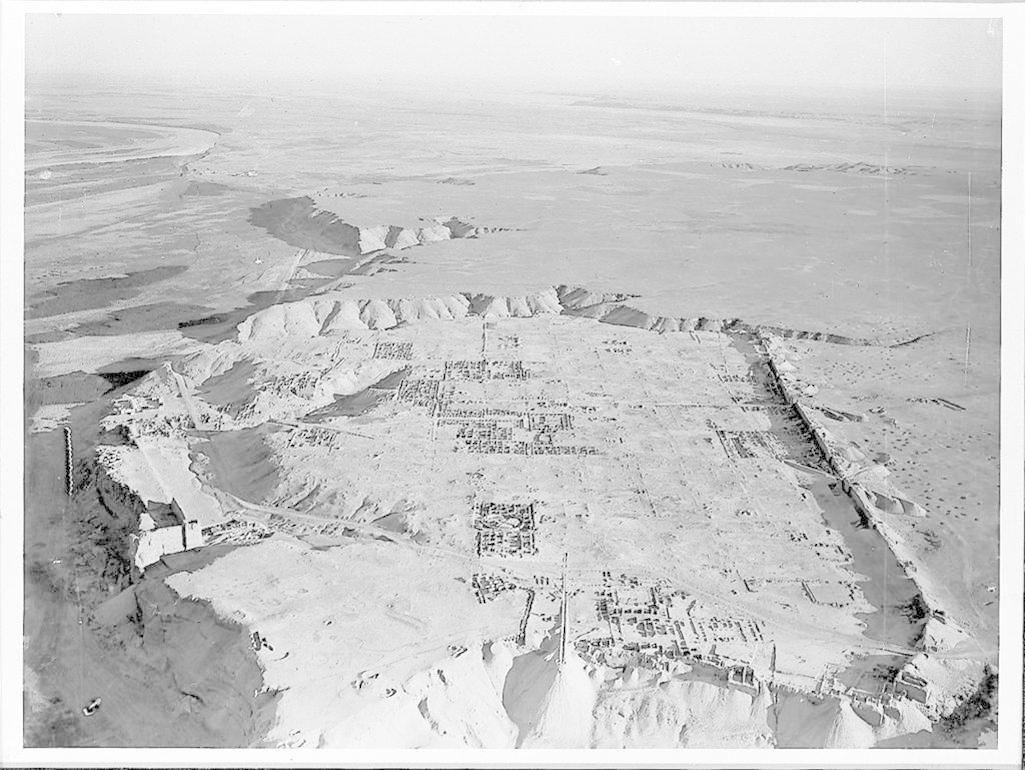Dura-Europos: An Ancient Fortress City on the Euphrates
Visitor Information
Google Rating: 4.3
Popularity: Very Low
Google Maps: View on Google Maps
Country: Syria
Civilization: Byzantine, Greek, Roman
Remains: City
History
Dura-Europos is located near the modern town of Gharanij in Syria, positioned along the Euphrates River. It was established around 300 BC by Seleucus I Nicator, a general of Alexander the Great and founder of the Seleucid Empire. The city’s original name combined “Dura,” meaning fortress in Aramaic, with “Europos,” honoring Seleucus’s Macedonian hometown. This foundation marked the city as a strategic fortress at the crossroads of important trade routes.
In 113 BC, control of Dura-Europos shifted from the Seleucids to the Parthian Empire. Under Parthian rule, the city functioned as a provincial center and frontier fortress, guarding the empire’s eastern borders. This period saw the city develop as a multicultural settlement with diverse religious communities.
The Romans captured Dura-Europos in 165 AD, transforming it into their easternmost military outpost. They expanded the city’s defenses and maintained it as a key stronghold against eastern threats. During this time, the city hosted a Roman military presence, as evidenced by graffiti bearing names of Roman soldiers.
Between 233 and 256 AD, Dura-Europos became notable for its religious diversity. The earliest known Christian house church was established by converting a private residence. This church existed alongside a synagogue and other religious buildings, reflecting the city’s varied faith communities.
In 256–257 AD, the Sasanian Empire besieged and captured Dura-Europos. Following the siege, the population was deported, and the city was abandoned. Over time, sand and mud buried the site, preserving its remains beneath the surface.
Excavations began in the 1920s and 1930s, led by French and American archaeologists including Clark Hopkins. Renewed Franco-Syrian excavations started in 1986. Unfortunately, between 2011 and 2014, the site suffered extensive looting and destruction by ISIS, putting many of its archaeological treasures at risk.
Remains
Dura-Europos was built with a layout typical of a fortress-city, featuring strong defensive walls and a grid of streets. The buildings were constructed mainly from mudbrick and stone, materials common in the region. The city’s architecture combined local styles with influences from the various empires that controlled it.
One of the most significant discoveries is the Dura-Europos church, located on the city’s western wall in an area known as islet M8. This church was originally a trapezoidal private house measuring about 17.4 meters east to west and between 18.6 and 20.2 meters north to south. It had a central courtyard surrounded by rooms, reflecting typical domestic architecture of the time.
The house was converted into a Christian worship space between 233 and 256 AD. This involved removing a wall to create a large assembly hall approximately 12.9 by 5.15 meters. The floor was raised to seating height, and a platform was added, likely for speakers or readers. A baptistry was installed in a former service room, featuring a basin 1.63 meters wide and 0.95 meters deep, covered by a vaulted canopy supported by pilasters and columns.
The baptistry’s walls and ceiling were decorated with frescoes, including geometric patterns, plant motifs, and white stars on a blue background. Biblical scenes depicted include the Good Shepherd, healing miracles of Jesus, a procession of women likely representing the three Marys, Adam and Eve, and David and Goliath. These paintings are the earliest known Christian wall decorations and show stylistic links to Parthian art.
Graffiti in Greek and Syriac found on the church walls include names of Roman soldiers such as Paulus and Proclus, indicating the presence and influence of the Roman military within the Christian community.
The church’s design reflects early Christian worship practices, with an eastward orientation and a raised platform for speakers. The building was preserved by the Roman defensive embankment constructed during the Sasanian siege, which buried it and other religious structures, protecting them from destruction.
Today, the remains of the church and other parts of Dura-Europos survive in varying conditions. The site’s archaeological layers provide valuable insight into the city’s multicultural and military history, although recent conflicts have severely damaged some of its features.

